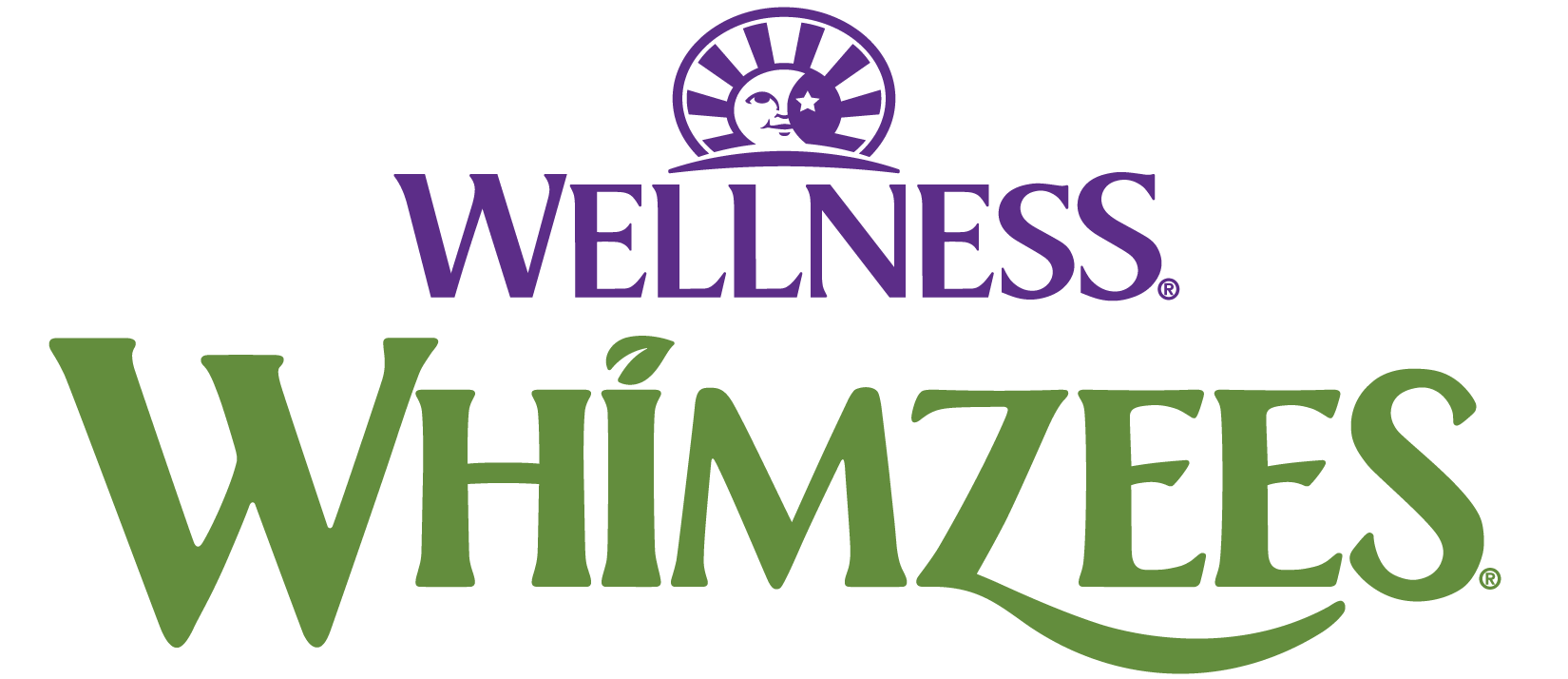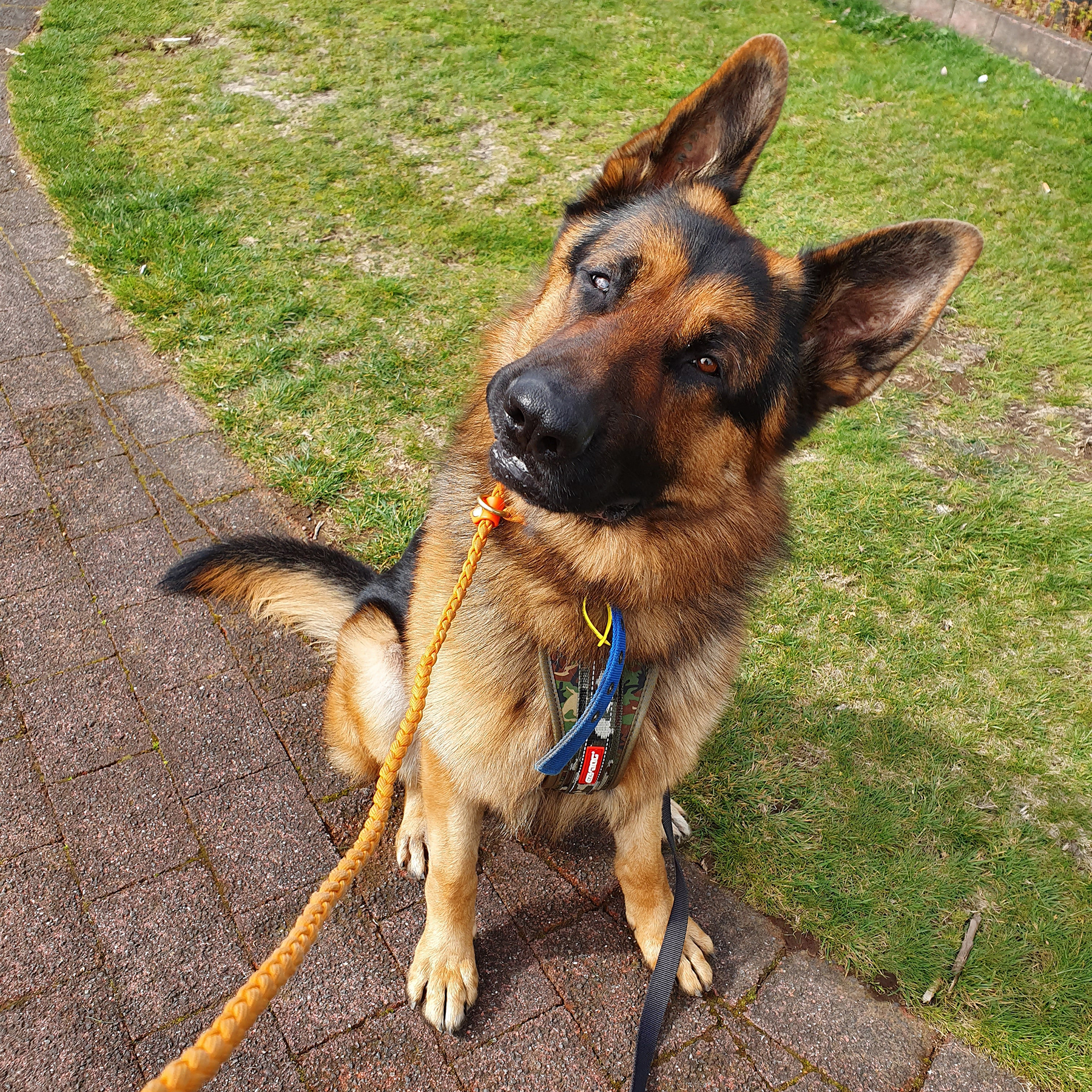Dental disease is the number one health issue affecting dogs, making it something that all pet parents should be actively thinking about and supporting with daily at home dental care. But what actually is dental disease? And what about the terms often used when describing it?
Let’s start with the simple ones:
Plaque: Plaque is a soft substance that consists of food, saliva and bacteria mixed together. It coats your dog’s teeth like a film, and will build up quickly unless it is removed. Plaque can be scraped away with a simple toothbrush, dental chew or some chemicals can kill the bacteria in plaque.
Tartar (calculus): Tartar is plaque that has hardened. This process can take as little as 48 hours. Tartar is much more difficult to remove and can be seen as a yellow or brown staining on teeth, especially on their molars and premolar teeth (the hard to reach ones at their back of their mouth!).
The Process of Dental Disease: The first sign of dental disease is the gradual build-up of plaque, a bacterial film that sticks to the surface of your dog’s teeth. When this plaque continues to build up it will become a harder substance, tartar, which can accumulate to the surface (that you can see of your dog’s teeth), and it can extend under the gum line where you cannot see. Once attached, it will attract white blood cells, which can then appear as inflammation or a red and swollen appearance to the gum line. It is this impact on the tooth’s surrounding gums and bone that can result in the severe signs of dental disease, including teeth loosening and falling out. As the most common disease affecting dogs, this is why pet parents should be undertaking daily dental at home care to keep their pet’s teeth clean.
How do I know if my dog has a plaque buildup or dental disease?
There are several signs that can alert you to the possibility of your dog suffering from dental disease. They may show less interest in their food or approach the food bowl but then be reluctant to eat. They may chew their food but with obvious caution or discomfort, drop food from the mouth, or may show a preference to now eat wet food over their usual dry food. The main sign that most pet parents report, however, is that of an unpleasant odor to their dog’s breath. That’s right, doggy breath isn’t something that is just part of having a dog, it is a key sign that the dog may be suffering from dental disease!
What should I do if my dog is showing signs of dental disease?
If your pet is showing signs of dental disease or exhibiting signs of mouth discomfort, it should be checked by your local veterinarian. They can assess your dog’s mouth and advise the most appropriate course of treatment and if a professional clean is needed. Once complete, keeping your dog’s teeth clean becomes the top priority for keeping dental disease at bay.
At home dental care:
Promoting your dog’s dental health is best achieved with regular at home cleaning as well as an annual visit to the veterinarian. When it comes to at home care, the gold standard technique is most definitely daily brushing your dog’s teeth with a toothbrush and special canine toothpaste. For many pet parents however, this is a reality that many never achieve. In fact, only 2% of pet parents brush their dog’s teeth daily. The next best alternative to at home brushing is giving your dog a daily dental chew like WHIMZEES. As a scientifically proven chew, WHIMZEES offer the perfect solution for dog owners to clean their dog’s teeth in an easy and tasty way and – when given daily – they can help aid pet parents in keeping their dogs teeth clean. As an all-natural, VOHC accepted daily dental chew, WHIMZEES is scientifically proven to reduce plaque, tartar and bad breath and well as help gum health. Coming in all different fun shapes and sizes, WHIMZEES best of all is a treat dogs love and one that you will know is helping keep their teeth clean and healthy.


